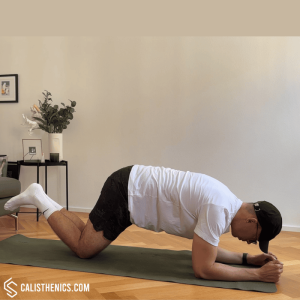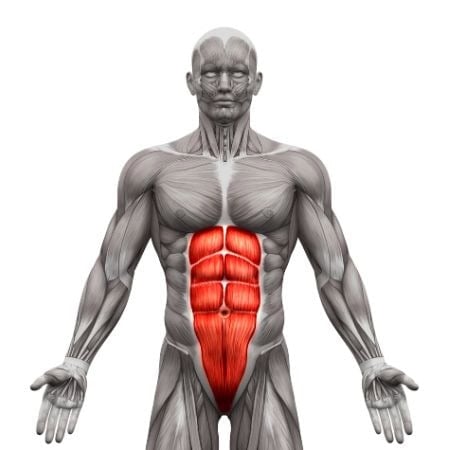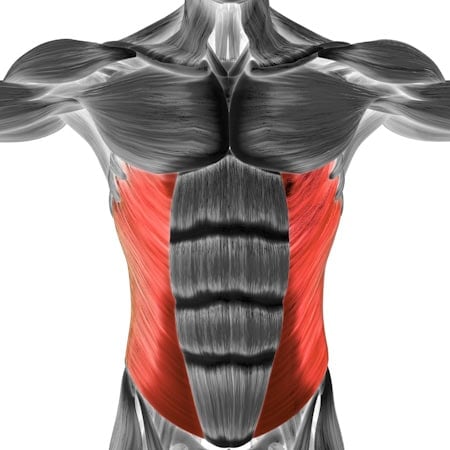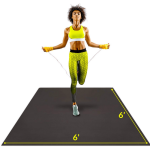Knee Plank
How to do Knee Plank?
The knee plank is a modified version of the traditional plank that reduces the intensity by allowing the knees to rest on the ground. This variation is ideal for beginners, individuals with lower back pain, or those working to build core strength gradually. Despite the reduced difficulty, the knee plank effectively engages the core, shoulders, and glutes while promoting proper posture and stability.
Steps to Perform a Proper Knee Plank
1. Starting Position (on Knees):
• Begin by positioning yourself on your hands and knees on the ground. Place your hands directly under your shoulders, shoulder-width apart, and extend your body behind you.
• Drop your knees to the ground and adjust your body so your legs are bent at a comfortable angle, keeping your toes tucked or flat against the floor.
2. Body Alignment:
• Engage your core and glutes to keep your body in a straight line from your shoulders to your knees. Avoid arching your back or letting your hips sag.
• Keep your head neutral by looking down at the floor, keeping your neck aligned with your spine.
3. Engage Your Core and Hold:
• Tighten your abdominal muscles by pulling your belly button toward your spine. This core engagement is crucial to maintaining proper form.
• Hold the knee plank position for the desired amount of time, keeping your body aligned and your core engaged throughout.
4. Complete the Set:
• After holding the plank for your goal duration, gently lower your body to the ground to rest or transition into another exercise.
Benefits of Knee Planks
• Beginner-Friendly: The knee plank is a great way for beginners to build core strength and stability with less intensity than a traditional plank.
• Builds Core Strength: Knee planks engage the abdominals, obliques, and lower back muscles, helping to build core strength and stability over time.
• Improves Posture: By strengthening the core, shoulders, and glutes, knee planks help improve overall posture and body alignment.
• Less Strain on the Lower Back: The modified position reduces the load on the lower back, making it a suitable exercise for individuals with back pain or those who are working on proper core engagement.
• Scalable Exercise: Knee planks are a stepping stone to more advanced plank variations, such as the full plank or side plank, allowing for gradual progression.
• Promotes Shoulder Stability: Holding the plank position engages the shoulders, helping to build strength and stability in the upper body.
• No Equipment Needed: Knee planks can be performed anywhere without the need for equipment, making them a versatile and convenient exercise for any workout routine.
Tips for the proper execution of Knee Plank
Core Engagement: Make sure to keep your core muscles tight throughout the exercise. Imagine bracing your abdominals as if someone is about to push against your stomach.
Avoid Arching or Sagging: Keep your body in a straight line from shoulders to knees. Don’t allow your hips to sag or your back to arch, as this can put strain on your lower back.
Elbow or Hand Position: You can perform the knee plank with your arms straight (hands on the ground) or in a forearm plank position (elbows on the ground), depending on your comfort level.
Breathing: Maintain steady breathing throughout the plank. Inhale deeply through your nose and exhale through your mouth to help keep your core engaged and prevent fatigue.
Muscles worked when doing Knee Plank
Muscles Engaged During Knee Planks
Primary Muscles:
•Core: Abdominals and obliques (for stabilization)
•Shoulders: Anterior deltoids (for supporting the upper body)
•Glutes: Engaged to help maintain body alignment and provide stability
Secondary Muscles:
•Lower Back: Erector spinae (supports proper posture and prevents sagging)
•Quadriceps: Engaged to help stabilize the lower body
•Forearms and Wrists: Help stabilize the upper body if performing a straight-arm knee plank
•Chest: Pectoralis major and minor, engaged to stabilize the upper body
Primary Muscle(s):
Secondary Muscle(s):
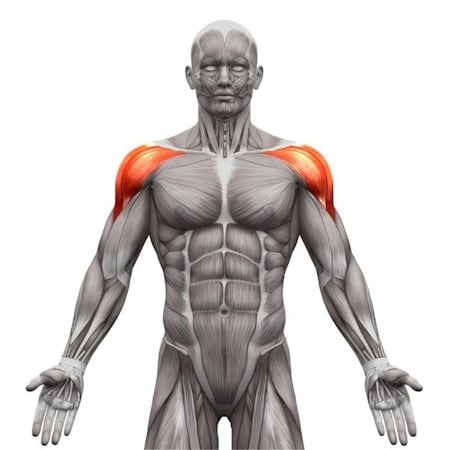
Anterior delt
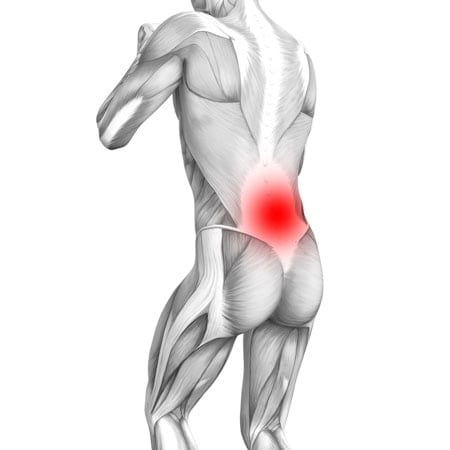
Lower back
Adjust the difficulty of Knee Plank
How to make Knee Plank harder?
How to make Knee Plank easier?
How to make Knee Plank harder?
To make Knee Plank harder:
-
Increase the Duration: Hold the plank for a longer period, such as 30-60 seconds, to challenge your endurance and core strength.
-
Add Arm or Leg Lifts: While holding the knee plank, lift one arm or one leg off the ground and hold for a few seconds to increase the challenge and engage your core more deeply.
-
Weighted Knee Plank: Add a small weight plate on your upper back or wear a weighted vest to increase resistance.
-
Transition to Full Plank: As you build strength and endurance, progress to a full plank with your legs extended, lifting your knees off the ground.
How to make Knee Plank easier?
To make Knee Plank easier:
-
Shorten the Duration: Start by holding the plank for shorter periods (10-15 seconds) and gradually increase the duration as your strength improves.
-
Widen Your Stance: Place your knees wider apart to improve stability, making it easier to maintain proper form.

